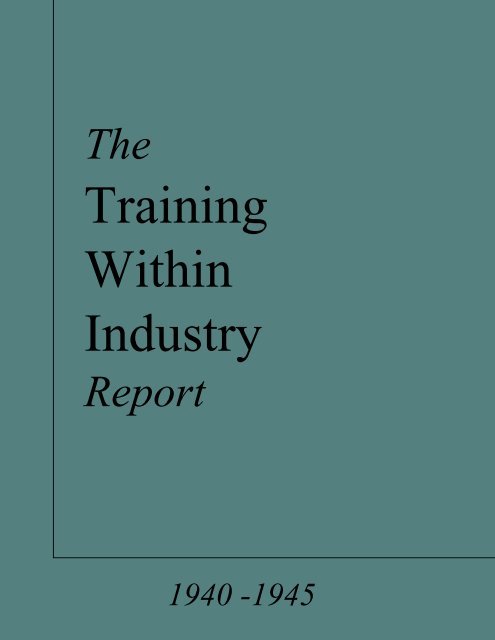The Foundation of Leadership Development — Work Products
 Leadership development is a good idea in principle, but not in practice. Assessing a person against a list of seven standard competencies does not a leadership development plan make. Nor does a Meyers-Briggs assessment or a strengths assessment. The best way I know to describe the essence of leadership development is through a series of questions to assess and hire new leaders.
Leadership development is a good idea in principle, but not in practice. Assessing a person against a list of seven standard competencies does not a leadership development plan make. Nor does a Meyers-Briggs assessment or a strengths assessment. The best way I know to describe the essence of leadership development is through a series of questions to assess and hire new leaders.
Here’s the first question: Is this person capable of doing the work required for this leadership position? If you don’t start here, choose the person you like most and promote (or hire) them into the new leadership position. It’s much faster, and at least you’ll get along with them as the wheels fall off.
Next question: In this leadership position, what work products must the leader create (or facilitate the creation of)? Work products are objective evidence that the work has been completed. Examples of work products: analyses, reports, marketing briefs, spreadsheets, strategic plans, product launches, test results for new technologies. Here’s a rule: If you can’t define the required work products, you can’t define the work needed to create them. Here’s another rule: If you can’t define the work, you can’t assess a candidate’s ability to do that work. And if you can’t assess a candidate’s ability to the work, you might as well make it a popularity contest and hire the person who makes the interview committee smile.
Next question: Can the candidate show work products they’ve created that fit with those required for the leadership position? To be clear, if the candidate can show examples of all the flavors of work products required for the position, it’s a lateral move for the candidate. That’s not a bad thing, as there are good reasons candidates seek lateral positions (e.g., geographic move due to family or broadening of experience – new product line or customer segment). And if they’ve demonstrated all the work products, but the scope and/or scale are larger, the new position, the new position is a promotion for the candidate. Here’s a rule: if the candidate can’t show you an example of a specific work product or draw a picture of one on the whiteboard, they’ve never done it before. And another rule: when it comes to work products, if the candidate talks about a work product but can’t show you, it’s because they’ve never created one like that. And talking about work products in the future tense means they’ve never done it. When it comes to work products, there’s no partial credit.
Next question: For the work products the candidate has shown us, are they relevant? A candidate won’t be able to show you work products that are a 100% overlap with those required by the leadership position. The context will be different, the market will be different, and the players will be different. But, a 50-70% overlap should be good enough.
Next question: For the relevant work products the candidate has shown us, do they represent more than half of those required? If yes, go to the next question.
Next question: For the work products the candidate has not demonstrated, has the team done them? If the team has done a majority of them, that’s good. Go to the next question.
Next question: For the work products the candidate or team has not demonstrated, can we partner them with an expert (an internal one, I hope) who has? If yes, hire the candidate.
Leadership development starts with the definition of the new work the leader must be able to do in their next position. And the best way I know to define the work is to compile a collection of work products that must be created in the next position and match that against the collection of work products the leader has created. The difference between the required work products and the ones the leader has demonstrated defines the leadership development plan.
To define the leadership development plan, start with the work products.
And to help the leader develop, think apprenticeship. And for that, see this seminal report from 1945.
 Mike Shipulski
Mike Shipulski